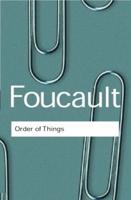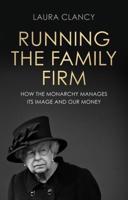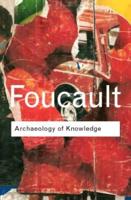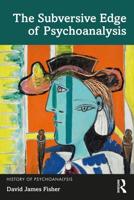Publisher's Synopsis
This Handbook aims to provide a comprehensive, international cartography of Queer Death Studies, offering broad, in-depth insights into the field and its emergence through tentacular transdisciplinary networking. Taking research and art-making on death, dying, mourning and afterlife into new directions, it explores the multiple effects of contemporary necropolitics and the proliferation of death-worlds during the current period of Earth's history, 'The Anthropocene' or 'the Age of Man'.Informed by queer, critical posthumanist, decolonial and feminist approaches, the Handbook presents a unique variety of both critical and affirmative reflections upon the world's intersecting necropowers, and ethico-political potentials for social and environmental change. Contributors speculate on ways to reimagine life/death-relations as vibrant entanglements. They also investigate modes of mourning differently, resisting necropolitical regimes that deem human and non-human individuals and populations to be disposable and non-grievable when they differ too much from the normative modern subject, Universal Man, in terms of intersections of gender, racialisation, class, sexuality, embodiment, embrainment, geopolitical positioning or species.A thought provoking read, this Handbook is intended for broad global audiences of researchers, artists, teachers, students, death-professionals, (health)careworkers, activists and NGOs interested in tools to rethink and reimagine death, dying, mourning and afterlife from intersections of queering, decolonising, posthumanising and feminist perspectives.











